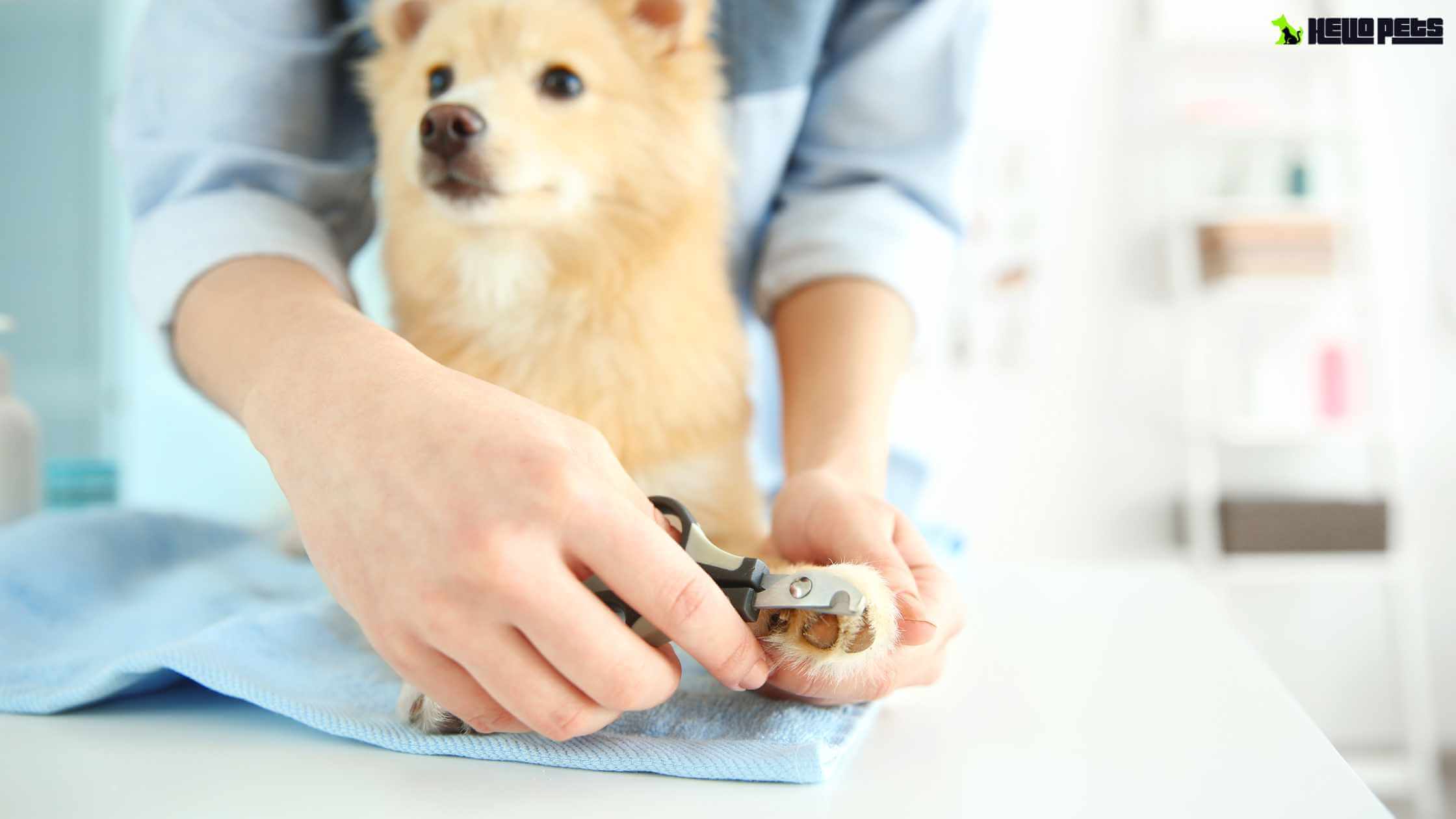
Ever heard the click-clack of your dog's nails on your hardwood floors and wondered if it's time for a trim? Well, you're not alone. It's a common issue faced by pet owners around the globe - overgrown dog nails. And if you're reading this article, chances are you're looking for a way to solve this problem. Don't worry. We've got you covered.
It's more than just aesthetics or preventing floor scratches. Overgrown nails can cause discomfort, pain and even lead to serious health issues for your furry friend. But the good news is, it's something that you can easily manage at home once you understand how.
You can read more about: Top 5 Reasons to Include Nail Trimming in Your Dog’s Grooming Routine

The first step in our journey to conquer the overgrown nail menace is identification. Knowing what to look for is half the battle won.
If your dog's nails touch the ground when standing, the trim is overdue. Another sign is a change in their walking style. If your dog is lifting its paws higher than usual or limping, it might be due to discomfort caused by overgrown nails.
Long nails can force a dog to change its posture and put pressure on its joint structure leading to discomfort, pain, and potential injuries. They can also break easily and cause infections.
Getting the right tools is a critical part of the process. Choosing the wrong tool might make the task more challenging and even hurt your pet.
There are several types of nail clippers available in the market.
These clippers work just like a guillotine, with a hole where you insert the dog's nail; as you press the handles, a blade slices off the pin. They're best for small to medium-sized dogs.
These work like regular scissors but are more substantial and are great for larger dogs with tough nails.
These tools grind down the nail instead of cutting it and are suitable for all sizes of dogs. They can also smooth rough edges left by clippers.
The right tool will depend on your dog's size and the hardness of its nails. Ensure the device you select is comfortable to hold and easy to use.

So, we've come to the main event - the dog nail trimming process. Let's dive in!
First, make sure your dog is calm and comfortable. You can do this by gently handling its paws regularly so it gets used to it.
Hold the paw firmly but gently. Cut a small amount of nails at a time. It's better to be cautious and trim a little than to cut too much and hurt your dog.
Avoid cutting into the quick, sensitive nail part containing blood vessels. If you miss it by accident, don't panic. Apply some styptic powder to stop the bleeding.
You can follow these above mentioned steps for dog nail trimming. However, you can hire professional dog groomer for dog nail trimming service.
You did it! But hold on; we're still going. Aftercare is just as important.
After trimming, massage the paws and check for any cuts or injuries. If you notice any unusual behavior, consult a vet immediately.
Monitor your dog's behavior post-trim. If it's limping or appears uncomfortable, it might be a good idea to consult a vet.
Prevention is always better than cure. Regular maintenance and dog grooming can help avoid overgrown nails.
Regular trims keep your dog's feet healthy. It helps maintain their posture and prevent future health issues.
Depending on your dog's activities and nail growth rate, you may need to trim its nails every 2-4 weeks.
Overgrown dog nails are not just an aesthetic issue but can lead to discomfort, pain, and health issues. But, with the right tools, a calm demeanor, and the steps outlined above, you can effectively trim your dog's overgrown nails at home.
1. How often should I trim my dog's nails?
Typically, a dog's nails should be trimmed every 2-4 weeks. However, this can vary depending on your dog's breed, age, and lifestyle.
2. What should I do if I cut into the quick?
Don't panic. Apply styptic powder to stop the bleeding. If bleeding doesn't stop after a few minutes, consult your vet.
3. Is it necessary to trim my dog's dewclaw?
Yes, dewclaws do not wear down like other nails, so it's essential to keep them trimmed.
4. Can overgrown nails harm my dog?
Yes, overgrown nails can cause discomfort, change your dog's posture and potentially lead to joint problems and infections.
5. Can I use human nail clippers on my dog?
It's not advisable. Human clippers aren't designed for dogs' nails and can cause splits or cracks in the nail.